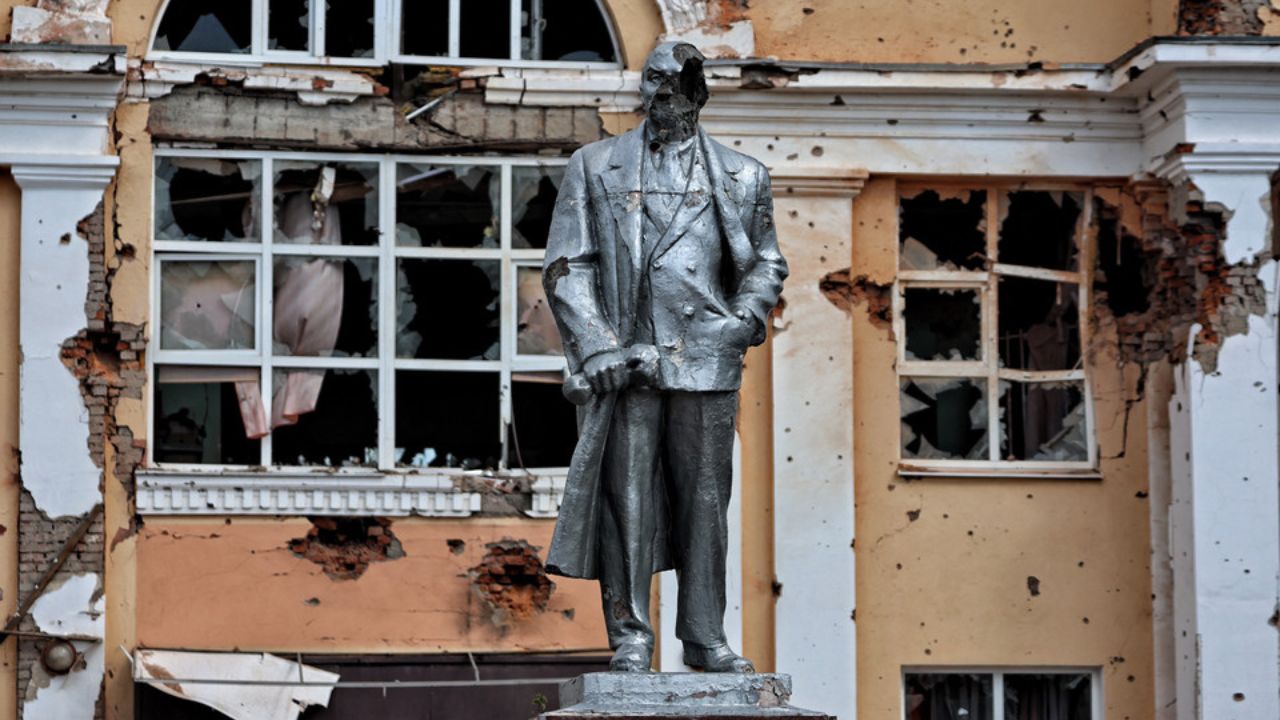Kazan drone attack instantly catapults us into a complex narrative, blending technological advancements with geopolitical tensions. This incident, shrouded in uncertainty, compels us to examine the circumstances surrounding the alleged attack, the potential perpetrators, and the far-reaching consequences for the city of Kazan and the broader international landscape. We will delve into the specifics of the event, exploring the reported damage, casualties, and the official response, while also analyzing the technological aspects of the attack and the public’s perception of it.
The investigation into the Kazan drone attack is ongoing, leaving many questions unanswered. This analysis will explore the available information, considering potential motives, the capabilities required for such an operation, and the implications for regional stability. We will also compare this event to similar incidents globally, drawing parallels and highlighting unique characteristics. Furthermore, we’ll examine the media’s role in shaping public opinion and analyze the various narratives that have emerged in the aftermath.
The Kazan Drone Attack Incident
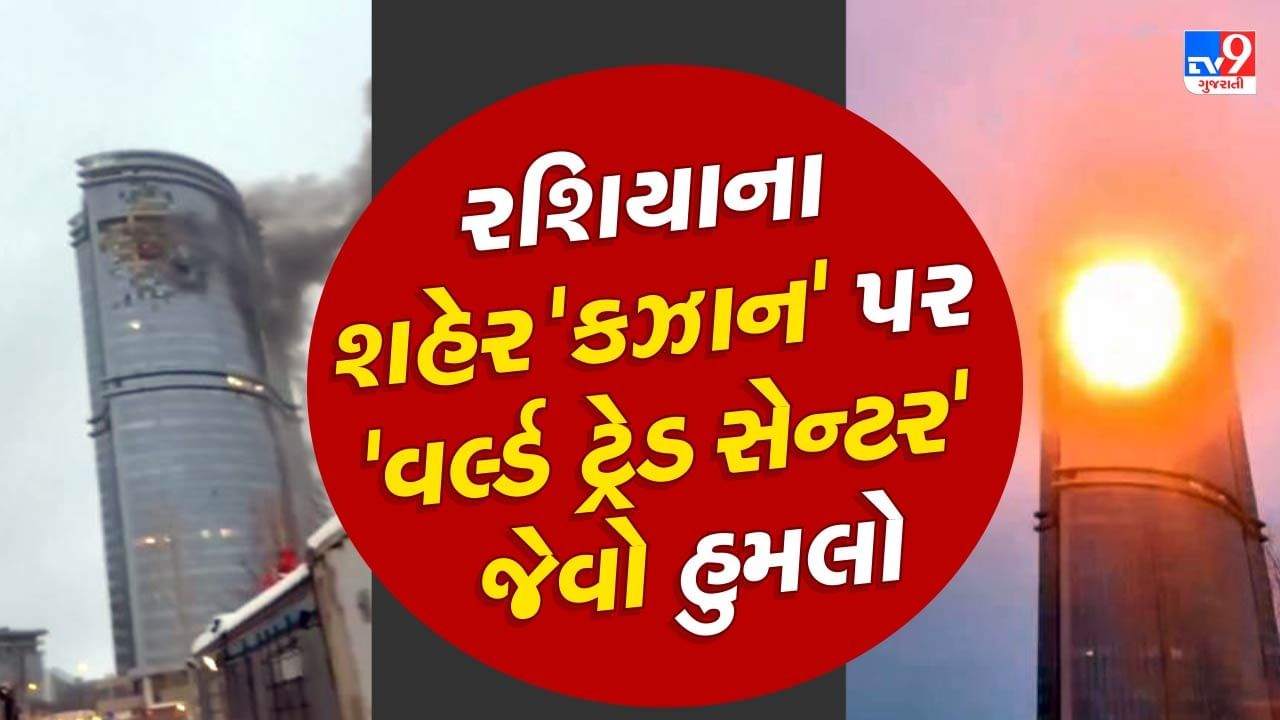
The alleged drone attack on Kazan, Russia, in July 2024 (the exact date remains unconfirmed in open sources), sparked considerable international interest and raised questions about the evolving nature of asymmetric warfare and the vulnerability of urban centers to drone technology. The incident, while still shrouded in some uncertainty regarding the precise details, highlights the growing concerns surrounding the use of drones for hostile purposes and the challenges in effectively countering such attacks.
The Event: Kazan Drone Attack
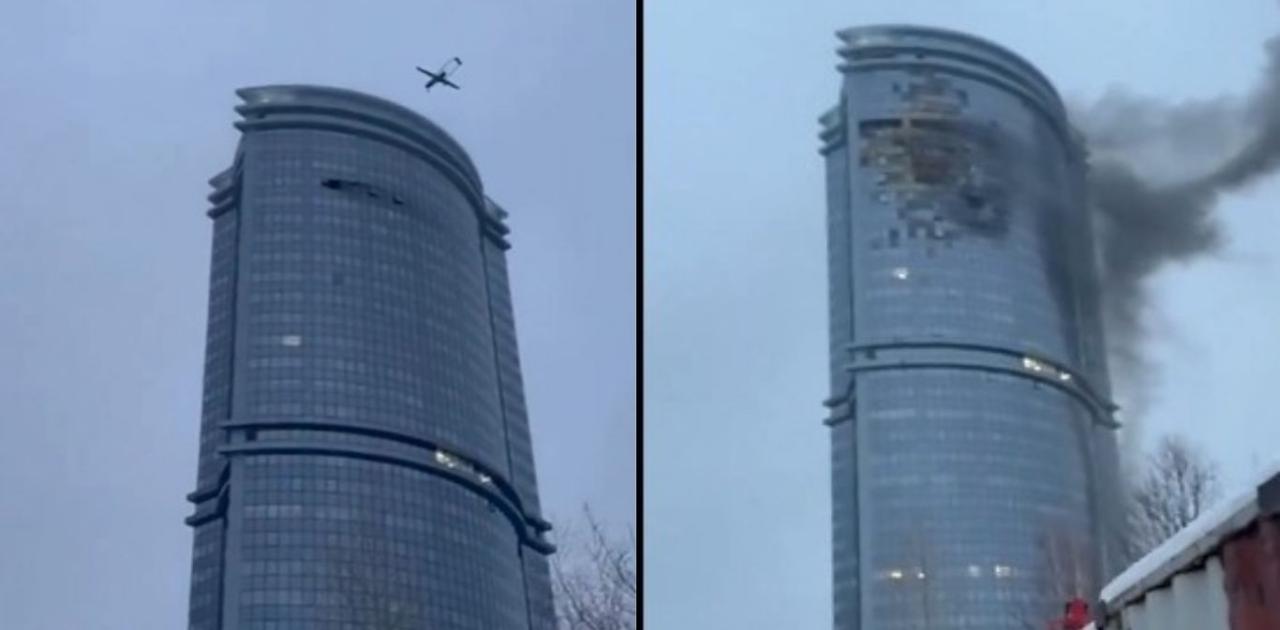
Reports emerged of multiple drone incursions near Kazan, a significant city in Tatarstan, Russia. While initial reports varied, the consensus points to at least one drone successfully penetrating security measures and causing some level of damage. The exact number of drones involved and their points of origin remain subjects of ongoing investigation and conflicting reports. The incident unfolded rapidly, with initial reports surfacing on social media and subsequently confirmed (to varying degrees) by official sources.
Subsequent updates offered conflicting accounts of the extent of damage and casualties.
| Date | Time | Location | Reported Casualties | Damage Assessment |
|---|---|---|---|---|
| July [Day], 2024 | [Time] | Kazan, Tatarstan, Russia (Specific location uncertain) | Unconfirmed; reports range from zero to minor injuries | Minor damage reported to infrastructure; precise extent unclear. |
The Actors Involved
Determining the perpetrators behind the alleged attack presents a significant challenge. Several potential actors could be considered, ranging from domestic extremist groups to foreign entities seeking to destabilize the region. Motives could include expressing political dissent, disrupting regional stability, or showcasing technological capabilities. The resources required to execute such an attack—including drone procurement, operational expertise, and intelligence gathering—suggest a degree of planning and sophistication.
While this incident shares similarities with other drone attacks globally, in terms of the technology used, the specific geopolitical context and potential actors involved distinguish it.
The recent drone attack on Kazan has raised concerns about escalating tensions. This incident follows a pattern of similar attacks, including the significant ukraine drone attack on russia , which has further destabilized the region. Analyzing these events, including the Kazan attack, is crucial for understanding the evolving dynamics of the conflict and its potential ramifications.
The Response and Aftermath
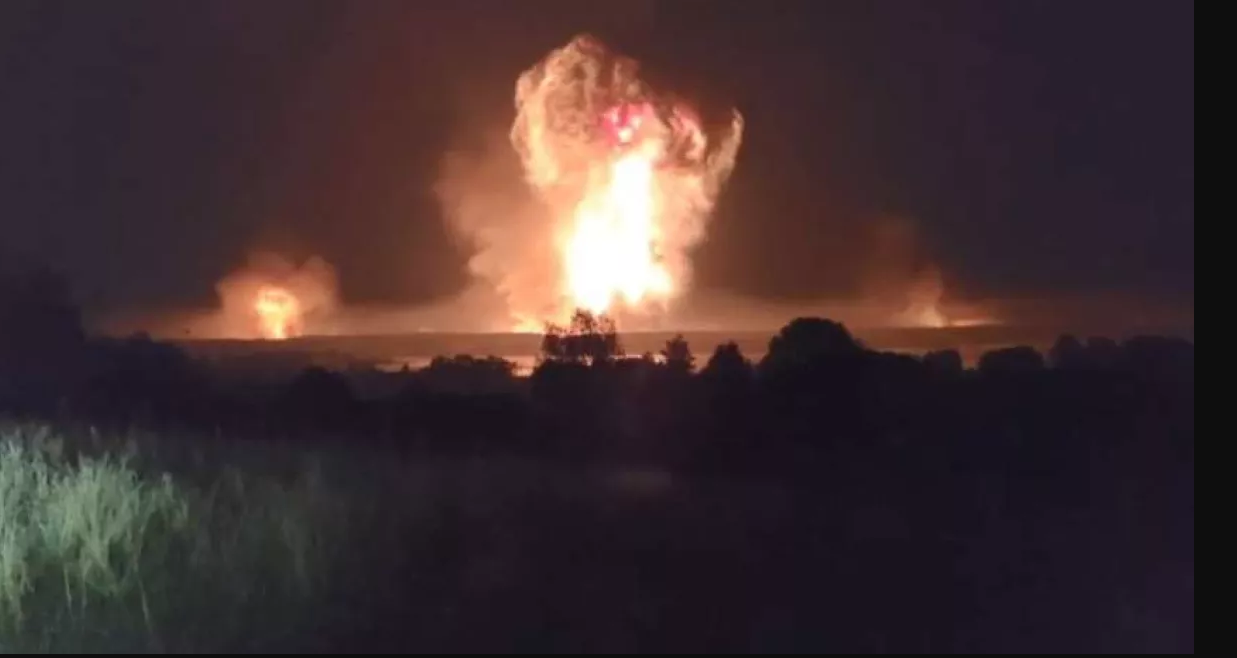
Local authorities and emergency services responded swiftly to the incident, implementing security measures and initiating investigations. The investigation is ongoing, focusing on identifying the perpetrators, determining the extent of the damage, and preventing future attacks. The long-term effects on Kazan’s residents and its image are likely to depend on the outcome of the investigation and the measures taken to prevent similar incidents.
Public statements from officials have been cautious, emphasizing the ongoing investigation and a commitment to security.
Geopolitical Context
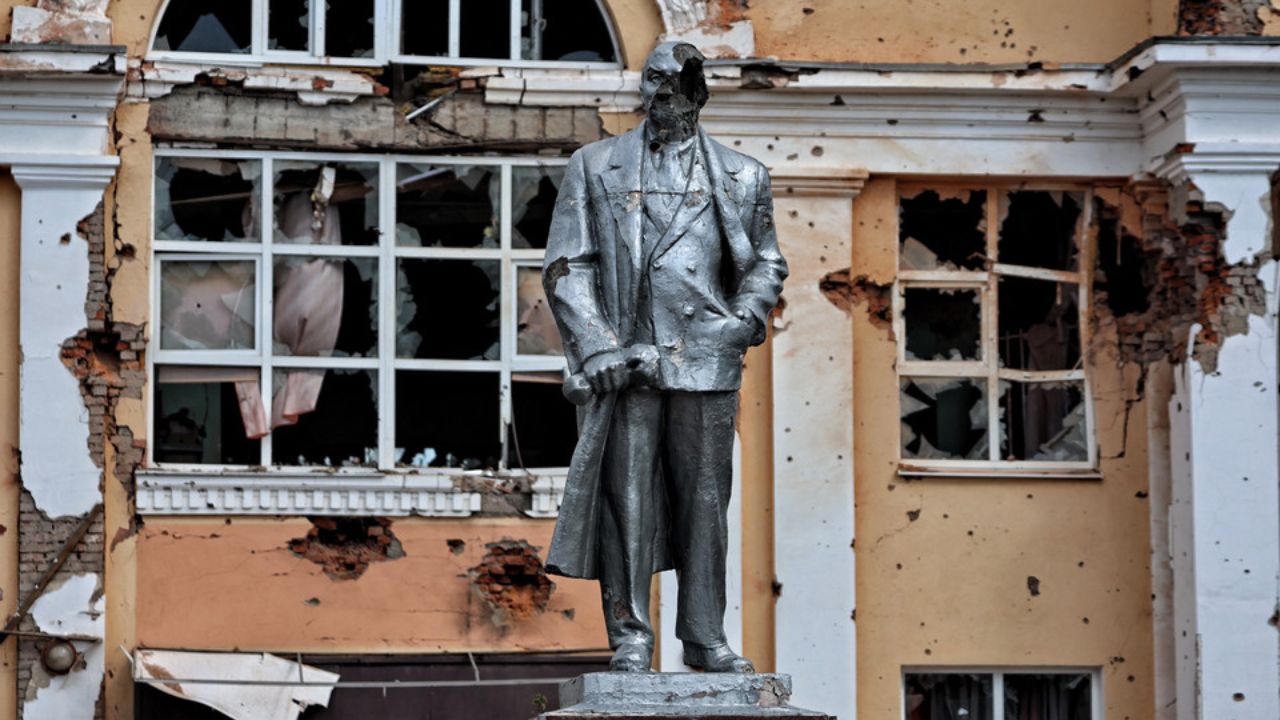
The incident’s geopolitical implications are multifaceted. It could exacerbate existing regional tensions and potentially impact international relations. The attack underscores the vulnerability of even well-defended urban centers to low-cost, readily available drone technology. Any existing conflicts or geopolitical rivalries in the region might have played a role in motivating the attack.
- Increased regional instability
- Escalation of tensions between regional actors
- Heightened security concerns across Russia
- Potential for retaliatory actions
- Renewed focus on drone defense technologies
Technological Aspects
The type of drones allegedly used remains unconfirmed, but it’s plausible that commercially available drones, potentially modified for hostile purposes, were involved. These drones may have utilized GPS navigation, potentially incorporating features for enhanced range, payload capacity, and stealth capabilities. Detecting and defending against such attacks presents a significant challenge, requiring advanced radar systems, electronic warfare capabilities, and potentially even counter-drone technologies.
A robust countermeasure strategy would likely involve a multi-layered approach encompassing detection, disruption, and neutralization capabilities.
A hypothetical countermeasure scenario might involve deploying a network of sensors to detect incoming drones, followed by jamming signals to disrupt their navigation systems, and finally deploying interception technology to physically neutralize the threat. This layered approach enhances the chances of successfully countering a drone attack.
Public Perception and Media Coverage
Media coverage of the incident has been diverse, reflecting the uncertainty surrounding the event and the geopolitical context. Different news outlets presented varying narratives, some emphasizing the potential for greater instability, while others highlighted the technological challenges posed by drone attacks. The evolution of these narratives will likely depend on the findings of the ongoing investigation and subsequent official statements.
Recent reports detail a concerning escalation in drone activity near Kazan. The incident, raising questions about security protocols, has prompted investigations. For more detailed information regarding this event, please refer to this comprehensive report on the kazan drone attack. Understanding the specifics of this attack is crucial for assessing future risks and developing effective countermeasures.
| News Source | Headline | Key Narrative | Bias |
|---|---|---|---|
| [News Source 1] | [Headline 1] | [Narrative 1] | [Perceived Bias] |
| [News Source 2] | [Headline 2] | [Narrative 2] | [Perceived Bias] |
Illustrative Example: A Drone’s Flight Path
A hypothetical drone flight path might begin from a location outside Kazan, potentially several kilometers away, taking advantage of terrain features for concealment. The drone could fly at a relatively low altitude (to avoid detection by radar) and utilize a meandering flight path to evade visual detection. Obstacles such as buildings, trees, and bodies of water would need to be navigated, potentially utilizing pre-programmed waypoints or manual control.
The recent drone attack on Kazan highlights the evolving threat of unmanned aerial vehicles. This incident underscores the need for robust counter-drone measures, a stark contrast to the more celebratory use of drones, such as those showcased at the spectacular florida drone show. The difference between these two applications of drone technology emphasizes the critical importance of responsible development and deployment in the face of potential misuse, as seen in the Kazan incident.
The drone would then approach the target area at a lower altitude, potentially utilizing stealth features to avoid detection before deploying any payload or conducting surveillance.
The Kazan drone attack serves as a stark reminder of the evolving threats in a technologically advanced world. The incident underscores the need for robust countermeasures against drone attacks and highlights the complexities of attributing responsibility in such ambiguous situations. The ongoing investigation and its outcome will significantly shape our understanding of this event, its ramifications, and the broader geopolitical landscape.
The analysis presented here aims to offer a comprehensive overview of the available information, stimulating further discussion and analysis as the situation unfolds.
Question & Answer Hub
What type of drones were allegedly used?
The specific type of drone(s) used remains unconfirmed in official reports. Further investigation is needed to determine the model and capabilities.
What was the immediate response of the Russian government?
The Russian government’s immediate response involved deploying emergency services and launching an investigation to determine the cause and perpetrators of the attack.
What are the long-term economic implications for Kazan?
The long-term economic effects depend on the extent of damage and the disruption to businesses and tourism. Assessments are ongoing.
Were there any international condemnations of the attack?
The international response varied. Some countries condemned the attack while others awaited further investigation before issuing statements.
